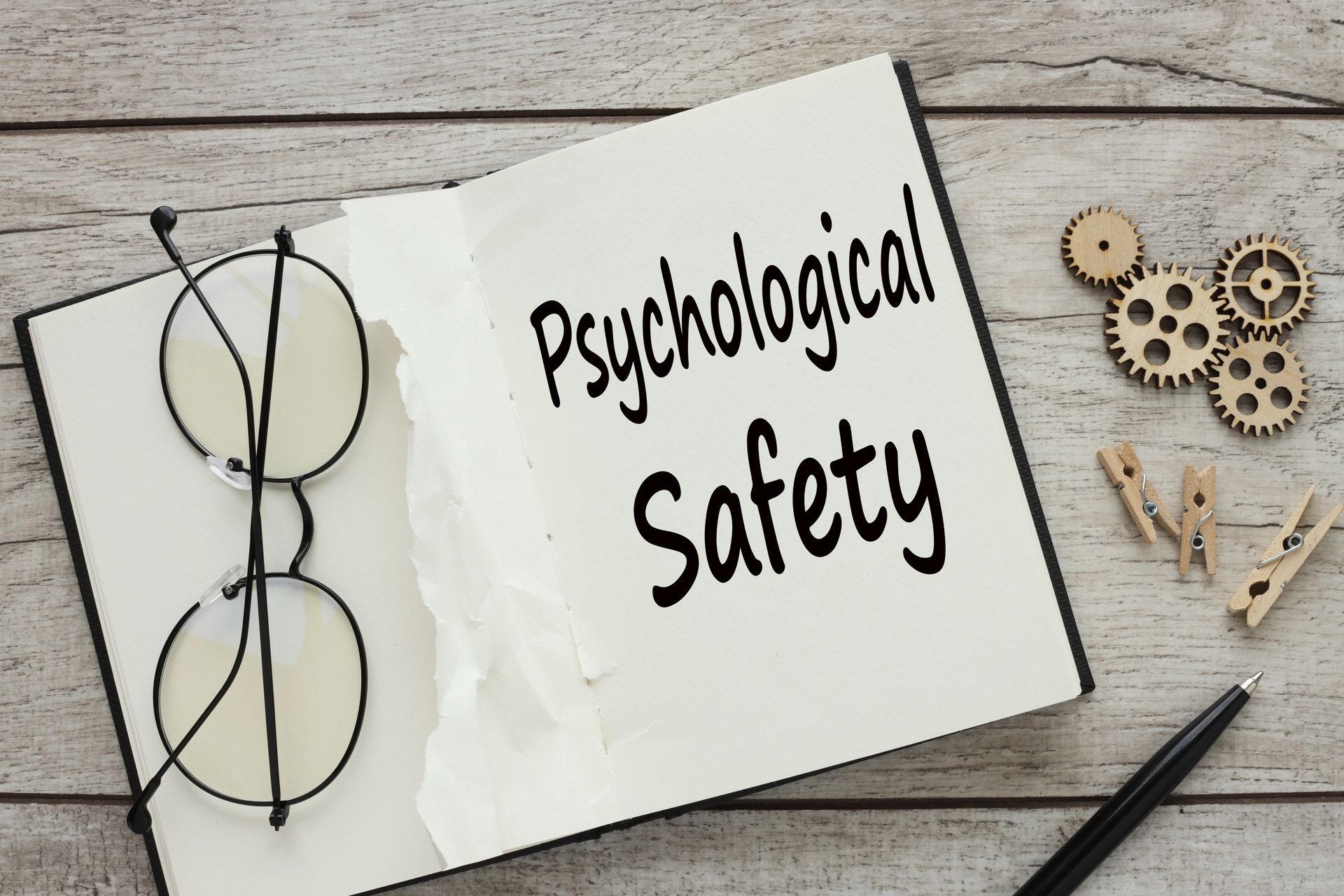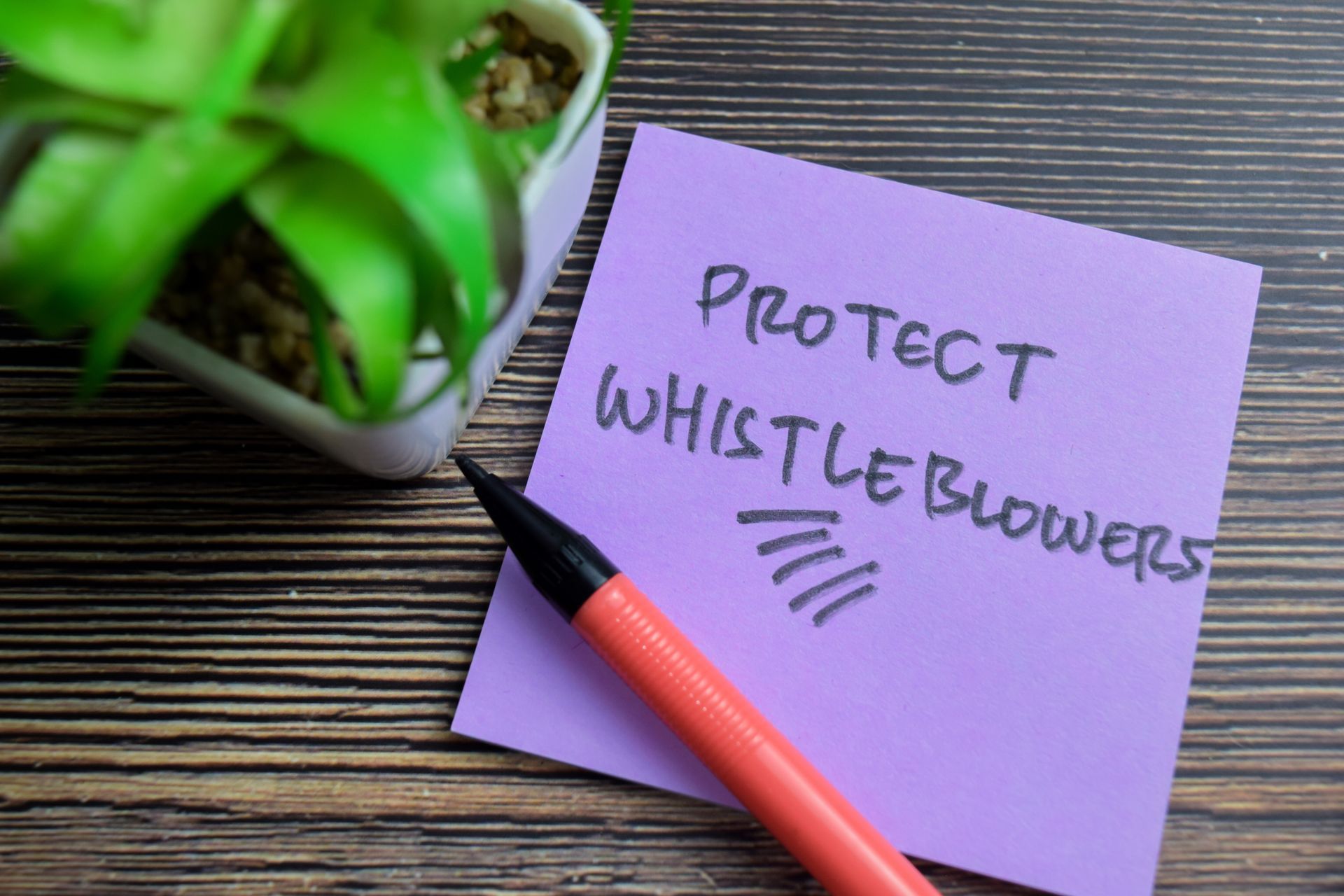
Psychological safety is the bedrock of a healthy and thriving workplace culture.
It's the foundation upon which trust, collaboration, and innovation are built.
When employees feel psychologically safe, they're more likely to speak up, take risks, and contribute their best work.
In this blog post, we'll delve into concrete strategies for fostering psychological safety in the workplace to create an environment where employees feel valued, respected, and empowered to bring their authentic selves to work.
Establish Clear Expectations
One of the fundamental aspects of psychological safety is clarity around roles, responsibilities, and expectations.
Ambiguity breeds anxiety and can undermine trust within teams.
To foster psychological safety, leaders should communicate clear expectations regarding performance standards, goals, and objectives.
This ensures that employees know what is expected of them and feel confident in their ability to meet those expectations.
Encourage Open Communication
Effective communication is essential for fostering psychological safety in the workplace.
Encourage open dialogue and create opportunities for employees to voice their opinions, ideas, and concerns without fear of judgment or reprisal.
Actively listen to employees' feedback and demonstrate empathy and understanding.
Establish regular check-ins, team meetings, and forums for discussion to facilitate open communication and collaboration.
Lead by Example
Leadership plays a pivotal role in shaping the culture of psychological safety within an organization.
Leaders should lead by example by demonstrating vulnerability, humility, and openness.
Acknowledge your own mistakes and limitations, and encourage others to do the same.
Create an environment where constructive feedback is welcomed, and failure is seen as an opportunity for growth and learning.
Promote Inclusivity and Diversity
Inclusive workplaces are inherently more psychologically safe, as they value and celebrate diversity of thought, background, and experience.
Promote inclusivity by actively seeking out diverse perspectives, fostering a culture of respect and belonging, and addressing bias and discrimination. Create policies and initiatives that promote diversity and inclusion at all levels of the organization.
Provide Support and Resources
Supporting employees' well-being and professional development is essential for fostering psychological safety.
Provide resources and support systems, such as employee assistance programs, mental health resources, and training opportunities.
Invest in leadership development programs that focus on empathy, emotional intelligence, and creating a supportive work environment.
Establish Boundaries and Respect
Respecting boundaries and creating a culture of mutual respect is vital for fostering psychological safety.
Establish clear boundaries around acceptable behavior and communication, and address any instances of harassment, bullying, or disrespect promptly and decisively.
Foster a culture of respect where everyone's contributions are valued, and differences are celebrated.
Celebrate Successes and Learn from Failures
Celebrate successes and recognize employees' achievements to reinforce a culture of psychological safety.
Celebrating wins, big or small, fosters a sense of accomplishment and camaraderie within teams.
Additionally, create a culture where failure is seen as a natural part of the learning process and an opportunity for growth.
Encourage experimentation and innovation, and learn from mistakes to continuously improve and evolve.
Fostering psychological safety in the workplace requires intentional effort and commitment from leaders and employees alike.
By establishing clear expectations, promoting open communication, leading by example, promoting inclusivity and diversity, providing support and resources, establishing boundaries and respect, and celebrating successes and learning from failures, organizations can create an environment where employees feel valued, respected, and empowered to thrive.
Investing in psychological safety not only enhances employee well-being and satisfaction but also drives collaboration, innovation, and ultimately, organizational success.










